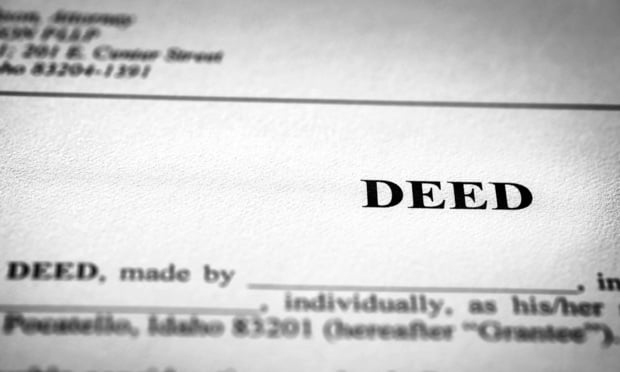Law.com Subscribers SAVE 30%
Call 855-808-4530 or email [email protected] to receive your discount on a new subscription.
Admissibility of Evidence from Post-Grant Proceedings In District Court Trials
District courts generally have broad discretion in determining what materials may be presented during trial, with evidentiary rulings reviewed for abuse of discretion. Consistent with this principle, the Federal Circuit has repeatedly confirmed that district courts' discretion extends to the admissibility of evidence relating to post-grant proceedings before the Patent Trial and Appeal Board (PTAB). See, e.g., K-Tec, Inc. v. Vita-Mix Corp., 696 F.3d 1364, 1376 (Fed. Cir. 2012) (affirming district court's decision to allow parties to discuss the extent to which Patent Office had considered a reference as within "the province of the district court"); Callaway Golf Co. v. Acushnet Co., 576 F.3d 1331, 1342–43 (Fed. Cir. 2009) (affirming district court's exclusion of evidence of non-final reexamination determinations based on risk of jury confusion).
Theoretically, this allows for wide variations between — and even within — districts on what evidence relating to post-grant review proceedings is admissible. Although these variations have in fact existed, they are disappearing gradually. Courts are increasingly excluding all evidence relating to post-grant proceedings before the PTAB, except when it is used for impeachment.
Below, we review recent decisions on this issue from some of the nation's busiest patent districts. (We do not include the Western District of Texas, a busy forum in recent times, as relatively few patent actions have progressed to the in limine stage.)
This premium content is locked for Entertainment Law & Finance subscribers only
ENJOY UNLIMITED ACCESS TO THE SINGLE SOURCE OF OBJECTIVE LEGAL ANALYSIS, PRACTICAL INSIGHTS, AND NEWS IN ENTERTAINMENT LAW.
- Stay current on the latest information, rulings, regulations, and trends
- Includes practical, must-have information on copyrights, royalties, AI, and more
- Tap into expert guidance from top entertainment lawyers and experts
Already a have an account? Sign In Now Log In Now
For enterprise-wide or corporate acess, please contact Customer Service at [email protected] or 877-256-2473

Major Differences In UK, U.S. Copyright Laws
This article highlights how copyright law in the United Kingdom differs from U.S. copyright law, and points out differences that may be crucial to entertainment and media businesses familiar with U.S law that are interested in operating in the United Kingdom or under UK law. The article also briefly addresses contrasts in UK and U.S. trademark law.

The Article 8 Opt In
The Article 8 opt-in election adds an additional layer of complexity to the already labyrinthine rules governing perfection of security interests under the UCC. A lender that is unaware of the nuances created by the opt in (may find its security interest vulnerable to being primed by another party that has taken steps to perfect in a superior manner under the circumstances.

Strategy vs. Tactics: Two Sides of a Difficult Coin
With each successive large-scale cyber attack, it is slowly becoming clear that ransomware attacks are targeting the critical infrastructure of the most powerful country on the planet. Understanding the strategy, and tactics of our opponents, as well as the strategy and the tactics we implement as a response are vital to victory.

Legal Possession: What Does It Mean?
Possession of real property is a matter of physical fact. Having the right or legal entitlement to possession is not "possession," possession is "the fact of having or holding property in one's power." That power means having physical dominion and control over the property.

The Stranger to the Deed Rule
In 1987, a unanimous Court of Appeals reaffirmed the vitality of the "stranger to the deed" rule, which holds that if a grantor executes a deed to a grantee purporting to create an easement in a third party, the easement is invalid. Daniello v. Wagner, decided by the Second Department on November 29th, makes it clear that not all grantors (or their lawyers) have received the Court of Appeals' message, suggesting that the rule needs re-examination.

